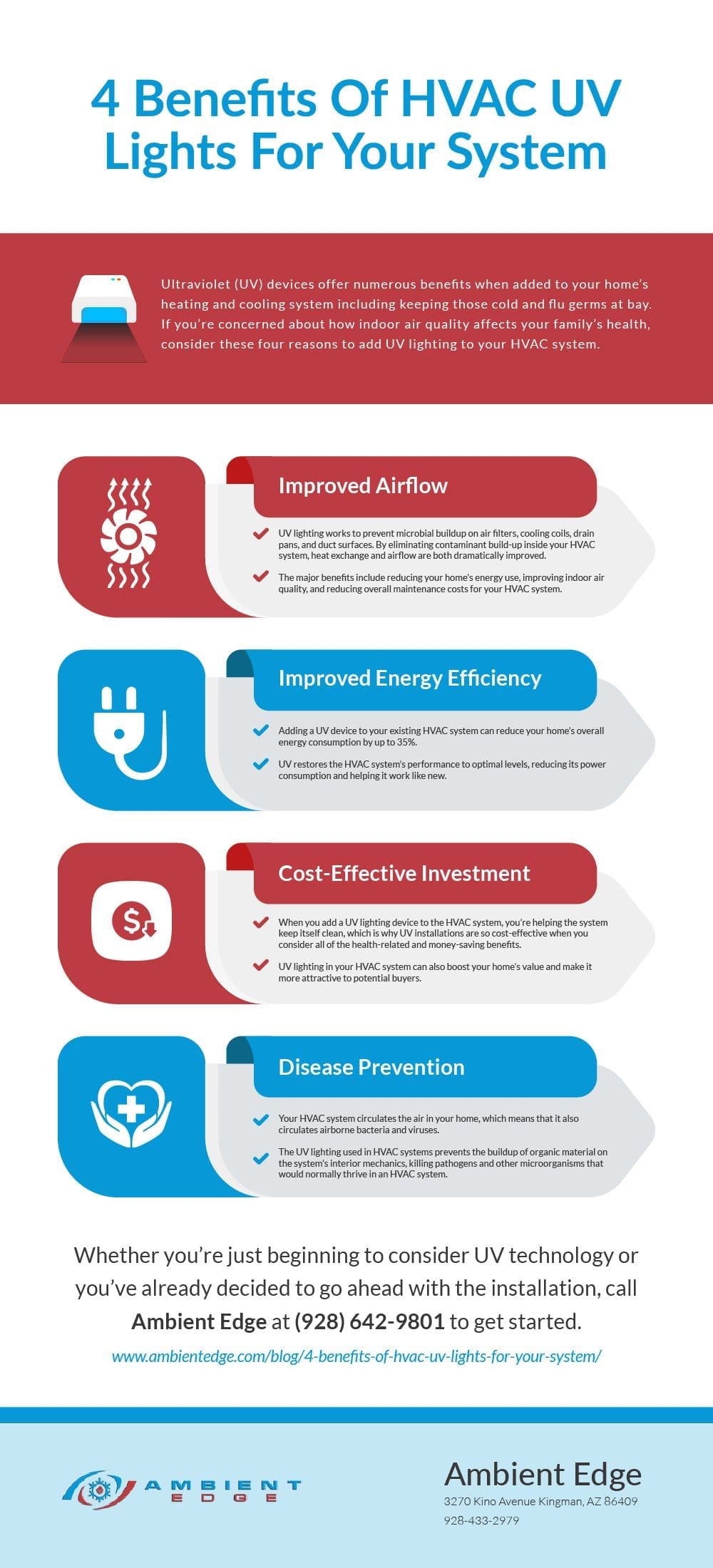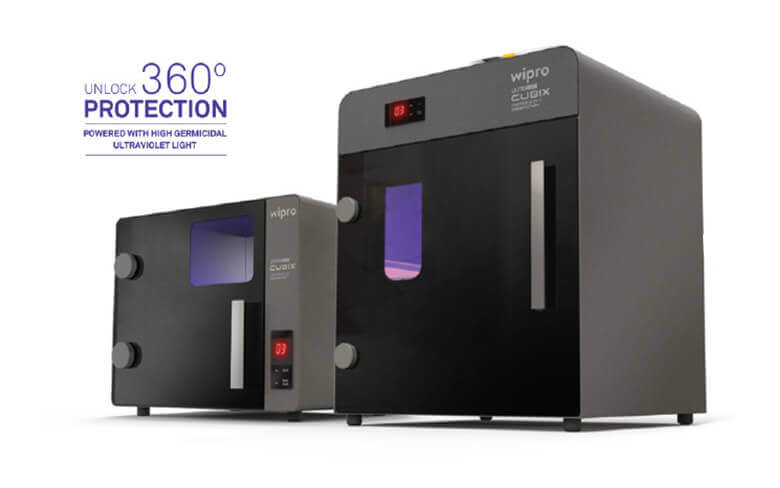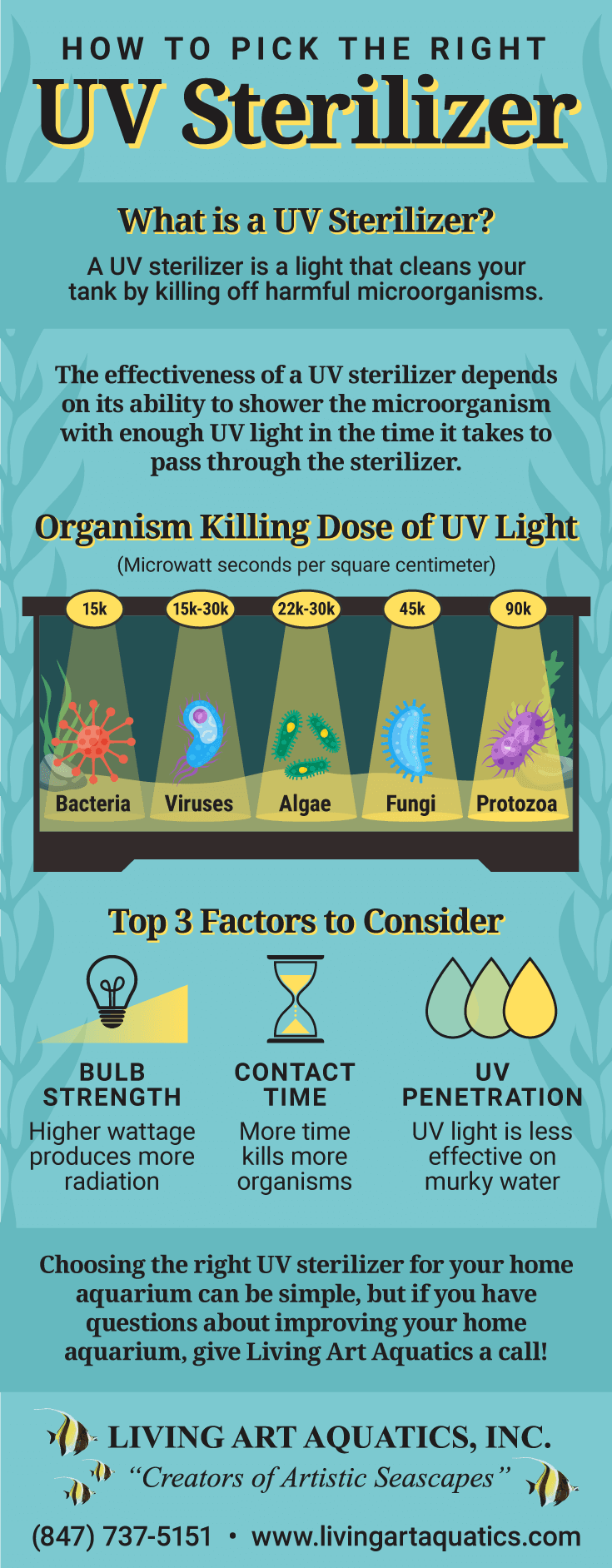Getting The Uvc Light To Work
Getting The Uvc Light To Work
Blog Article
An Unbiased View of Uvc Light
Table of ContentsThe Best Strategy To Use For Uvc LightThe 9-Minute Rule for Uvc LightUvc Light - QuestionsSome Known Questions About Uvc Light.The smart Trick of Uvc Light That Nobody is Talking AboutOur Uvc Light Diaries
A brand-new kind of ultraviolet light that might be risk-free for people took much less than five minutes to minimize the degree of indoor air-borne germs by even more than 98%, a joint research study by scientists at Columbia College Vagelos University of Physicians and Surgeons and in the U.K. has discovered. Also as microbes remained to be splashed right into the area, the level continued to be really low as long as the lights got on.Till now these research studies had actually only been conducted in little speculative chambers, not in full-sized areas simulating real-world conditions. In the current research study, scientists at the College of St. Andrews, College of Dundee, College of Leeds, and Columbia College evaluated the effectiveness of far-UVC light in a large room-sized chamber with the same ventilation rate as a typical home or office (concerning 3 air modifications per hour).
The effectiveness of various approaches to minimizing interior virus degrees is typically determined in regards to equal air changes per hour. In this research study, far-UVC lights generated the matching of 184 comparable air exchanges per hour. This surpasses any other strategy to disinfecting busy interior rooms, where five to 20 comparable air modifications per hour is the very best that can be attained almost.
The Only Guide to Uvc Light

The major parameters of UV-C disinfection are wavelength, dosage, relative humidity, and temperature. There is no consensus about their optimal values, but, as a whole, light at a high dosage and a range of wavelengths containing 260 nm is preferred in an atmosphere at space temperature level with reduced loved one humidity. This light can be generated by mercury-vapour, light-emitting diode (LED), pulsed-xenon, or excimer lamps.
UV-C sanitation systems have encouraging features and the possible to improve in the future. UV-C disinfection need to currently be taken into consideration for low-level rather than top-level disinfection.
One more application occurred in 1910 when UV light was used to sanitize water. Nowadays, UV light is utilized for water, air, food, surface, and clinical equipment disinfection.
Uvc Light Can Be Fun For Anyone
DNA, RNA, or proteins of a micro-organism soak up UV light, with a peak absorbance around 260 nm [6] This results in the interruption of DNA or RNA, bring about the inactivation of the micro-organism. UV-C-induced DNA disturbance commonly includes the bonding of two adjoining thymine (or cytosine) bases instead of the conventional linking of a base with its corresponding base upon the various other strand.

Dark repair, on the various other hand, needs multiple enzymes and Visit This Link nutrients for energy [6] It is essential to recognize whether final inactivation outcomes have actually taken into consideration the incident of awakening since it might cause 60% of the achieved inactivation being turned around [7] In addition, mutations can occur upon UV-C direct exposure since this exposure can lead to the source of intra-strand cyclobutyl-pyrimidine dimers in DNA [ 6] The UV-C zone is made use of for disinfection but there is no consensus on the specific ideal wavelength. Light at 260 nm can cause the most disruption. Different micro-organisms are most at risk to somewhat different wavelengths.
Uvc Light for Beginners
On the other hand, it has technological implications given that the complete energy of the light beam is after that separated over all existing wavelengths. A micro-organism that is susceptible to 254 nm light will be suspended much more by a lamp that produces only light at 254 nm than a lamp that releases a wavelength spectrum at equivalent overall energy.
Direct exposure times of 1045 minutes for space sanitation and 25 s to 5 minutes for medical devices were encountered in literary works. The intensity is inversely proportional to the made even distance in between the light source and the surface and is consequently specified at the surface area in the dose calculation formula [14]
Even more, the outcome of a light decreases gradually, so it is recommended to calculate the dosage at the end of light life, which is representative of a worst-case scenario. The dose likewise influences the amount of photoreactivation. Quek et al. discovered that the percentage of photoreactivation reduced from 5.31% to 0% for an increase in dosage from 1.6 to 19.7 mJ/cm2 [8]
Zhang et al. observed an adjustment in UV irradiance of 34% when the RH increased from 50% to 90% [18] The amount of RH influence on UV performance depends on the present micro-organism and is a lot more evident for germs than for viruses [16] The influence of temperature depends on the light source.
All About Uvc Light


This is referred to as much UV-C modern technology and is a relatively new disinfection approach with limited understanding regarding its performance. This makes it riskier to totally depend on this technology for disinfection in the health center and it is therefore not commonly used [21] Nevertheless, it also has benefits such as a reduced danger for use near people due to a reduced infiltration deepness right into the skin and eyes [ 26]
In research, the outcomes on pulsed versus continuous UV-C sanitation efficiency differ. When contrasting pulsed and constant light it is crucial to keep other variables such as wavelength and dosage continuous. Nyangaresi et al. and Sholtes et al. this link both discovered that pulsed or continuous light released by LEDs caused similar log10 reductions [15,28]
All About Uvc Light
In case ozone is not required for disinfection, a changed lamp can be utilized. For mercury-vapour lights, drugged quartz glass or specialized soft glass can filter out short-wave UV-C light - uvc light.
Report this page